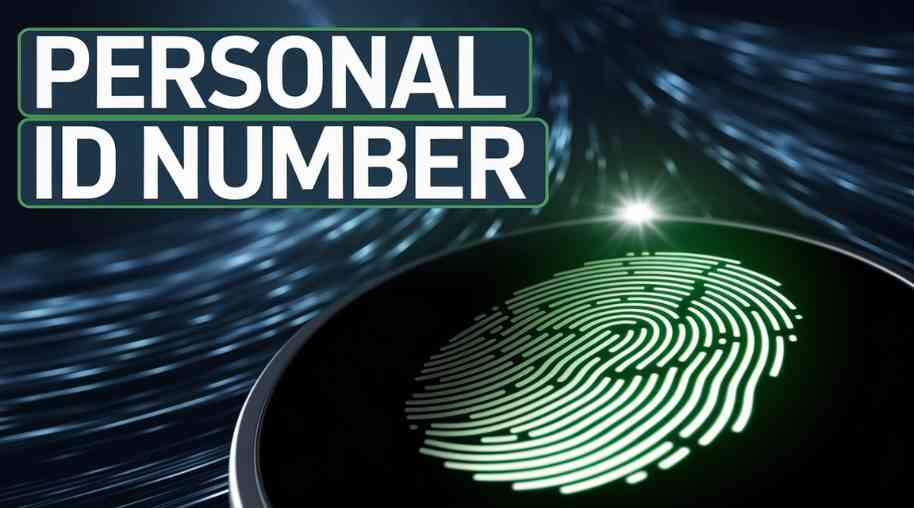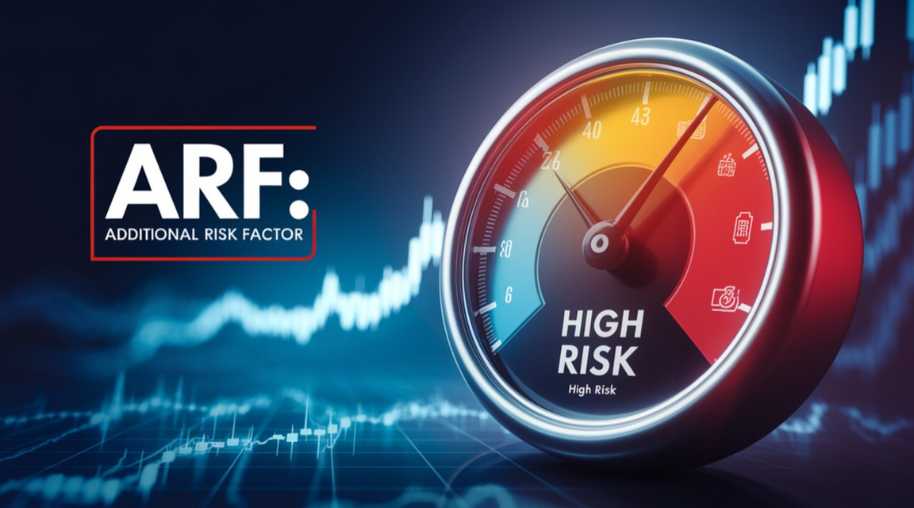PIN Full Form-Personal Identification Number
by Shashi Gaherwar
0 1010
Personal Identification Number (PIN): Importance, Uses, and Security Measures
Introduction
A Personal Identification Number (PIN) is a security code used to authenticate and verify an individual's identity during financial transactions and access control processes. PINs are widely used in banking, online transactions, mobile payments, and digital security. Protecting your PIN is crucial to preventing unauthorized access and cyber threats.

This article explores the importance of PINs, their applications, security measures, and best practices for ensuring PIN safety.
What is a Personal Identification Number (PIN)?
A Personal Identification Number (PIN) is a numeric code, typically 4 to 6 digits long, used as a security measure to verify identity. It acts as a password for accessing sensitive systems, such as bank accounts, credit cards, ATMs, and online platforms.
Key Features of a PIN:
• Numeric Code: Composed of digits, usually 4-6 numbers.
• User-Specific: Unique to each user and linked to their account or card.
• Confidential: Should not be shared with anyone to ensure security.
• Authentication Tool: Used to verify identity in secure transactions.
Common Uses of a PIN
1. Banking Transactions
PINs are widely used in banking services, such as:
• ATM withdrawals and deposits
• Online banking login and fund transfers
• Debit and credit card transactions
2. Mobile and Digital Payments
• PINs are required for mobile wallet apps like Google Pay, Paytm, and Apple Pay.
• Used for authorizing UPI transactions and mobile banking services.
3. Secure Device Access
• PINs help unlock smartphones, tablets, and other digital devices.
• Biometric authentication (fingerprint or face recognition) often complements PIN security.
4. Government and Official Identification
• Some national identification cards require a PIN for secure access.
• Used for secure login to government portals and tax-related services.
5. Cybersecurity and Data Protection
• Used to encrypt sensitive files and protect confidential information.
• Two-factor authentication (2FA) often involves a PIN.
Importance of PIN Security
PINs play a crucial role in securing financial and digital assets. However, weak PINs or careless handling can lead to fraud and identity theft.
Risks of Weak PIN Security:
• Financial Fraud: Unauthorized withdrawals and transactions.
• Identity Theft: Stolen PINs can lead to access to personal data.
• Cyber Threats: Hacked PINs can expose sensitive information.
Best Practices for Keeping Your PIN Secure
1. Choose a Strong PIN
• Avoid using obvious combinations like 1234, 0000, or 1111.
• Refrain from using birthdates, phone numbers, or common sequences.
2. Do Not Share Your PIN
• Never disclose your PIN to anyone, including bank officials or customer service representatives.
• Be cautious of phishing scams that request PIN information.
3. Regularly Change Your PIN
• Update your PIN periodically to reduce security risks.
• Use different PINs for different accounts and services.
4. Avoid Writing Down Your PIN
• Memorize your PIN instead of storing it in an easily accessible place.
• Do not save PINs on digital devices or notes.
5. Use Multi-Factor Authentication (MFA)
• Enable two-step verification for online banking and financial services.
• Use biometric security (fingerprint, facial recognition) along with PINs for extra protection.
6. Monitor Your Transactions Regularly
• Review bank statements and transaction alerts for suspicious activity.
• Report unauthorized transactions immediately to your bank.
How to Reset a Forgotten PIN
If you forget your PIN, follow these steps to reset it securely:
• Banking PIN: Contact your bank via customer support or visit an ATM.
• Device PIN: Use account recovery options on your smartphone or laptop.
• Government IDs: Follow the official process on the respective government portal.
Future of PIN Security
With advancements in technology, PINs are evolving to enhance security:
1. Biometric Authentication
• Fingerprint and facial recognition are becoming more common for authentication.
• Many smartphones integrate biometric verification with PINs for extra security.
2. One-Time Passwords (OTP) and Tokens
• Many banks now use OTPs along with PINs to authenticate transactions.
• Secure tokens and authentication apps add an additional layer of security.
3. AI and Behavioral Security
• Artificial intelligence-based security measures analyze user behavior to detect fraud.
• Behavioral biometrics like keystroke patterns may replace traditional PINs in the future.
A Personal Identification Number (PIN) is a fundamental security tool for banking, mobile payments, and digital transactions. Proper PIN security practices, including choosing a strong PIN, avoiding sharing it, and enabling multi-factor authentication, are essential to safeguarding personal and financial information.
As technology advances, PIN security will continue to evolve with biometrics, AI, and enhanced authentication methods, ensuring safer digital transactions in the future.

Share:








Comments
Waiting for your comments